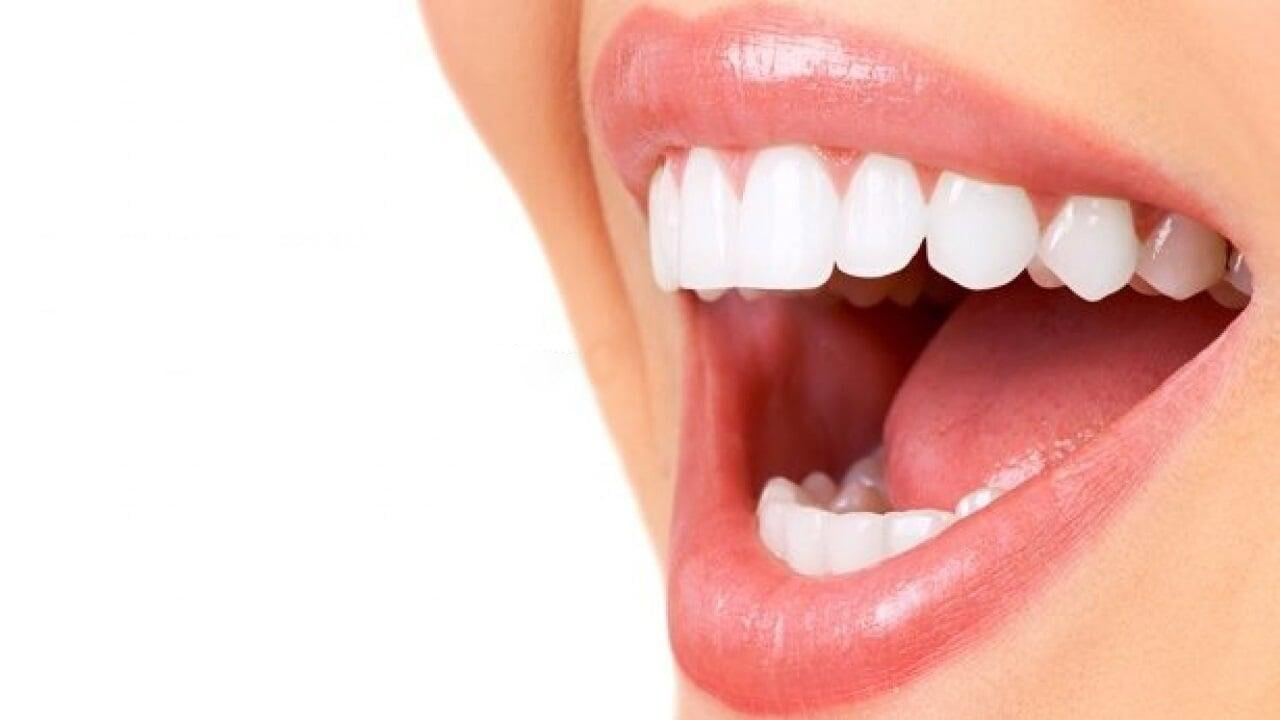
Tooth hypersensitivity, a prevalent dental ailment causing discomfort and pain, often stems from the exposure of underlying tooth roots. These roots are riddled with small pores, or tubules, leading directly to the tooth's nerve. In recent years, lasers have emerged as a revolutionary tool in dentistry, demonstrating efficacy in alleviating dental sensitivity by directing laser energy into sensitive areas, thereby suppressing nerve fiber activity and sealing the tubules. This non-invasive and anesthetic-free procedure has garnered attention for its simplicity and immediate relief. Below, we delve into the recommendations, procedure, and potential enhancements to this innovative approach.
Laser therapy is particularly recommended for cases of dentine hypersensitivity arising from non-carious tooth lesions. This groundbreaking technique has proven to be effective in providing swift relief without the need for anesthesia.
Setting Laser Parameters: Before commencing the procedure, meticulous attention to laser parameters is essential. The right settings ensure optimal energy delivery for effective treatment.
Initiating the Laser Tip: Care must be taken not to initiate the tip prematurely. This cautious approach ensures precision and minimizes the risk of unintended effects.
Laser Tip Placement: Positioning the laser tip perpendicular to the tooth surface, maintaining a distance of 1-2 mm from the target area, is crucial. This precision allows for targeted treatment while avoiding unnecessary exposure.
Continuous Movement: Keeping the laser tip continuously moving within the target area for a period of 20 seconds is a key aspect of the procedure. This movement ensures thorough coverage and enhances the effectiveness of the treatment.
Repetitive Sessions: Sessions can be repeated after 2-3 days until symptoms dissipate. Regular monitoring ensures that the treatment addresses the issue comprehensively.
Enhanced Results with Stannous Fluoride: For improved results, the application of stannous fluoride on the tooth before laser irradiation is recommended. Following the same parameters and technique, this combination enhances the desensitization process.
Immediate Relief: Patients can expect immediate, albeit temporary, relief from sensitivity after laser treatment. This prompt response adds to the appeal of laser tooth desensitization as an effective and efficient solution.
The combination of laser therapy with stannous fluoride application is a strategic approach to enhance desensitization results. Stannous fluoride, known for its anti-bacterial properties and ability to strengthen tooth enamel, complements the laser's action by fortifying the tooth structure. This synergy not only addresses existing sensitivity but also contributes to long-term oral health.
The use of dental lasers extends beyond their therapeutic benefits. Patients often report feeling more comfortable and less anxious during laser treatments compared to traditional procedures. The minimally invasive nature of laser therapy, coupled with its effectiveness, contributes to a positive overall experience for individuals seeking relief from tooth hypersensitivity.
As technology continues to advance, the integration of lasers in dentistry represents a significant stride towards more patient-friendly and efficient treatments. Laser tooth desensitization stands as a testament to how innovation can address common dental issues with precision and immediate results. Embracing these advancements not only elevates the standard of care but also enhances the overall patient experience in the dental chair.